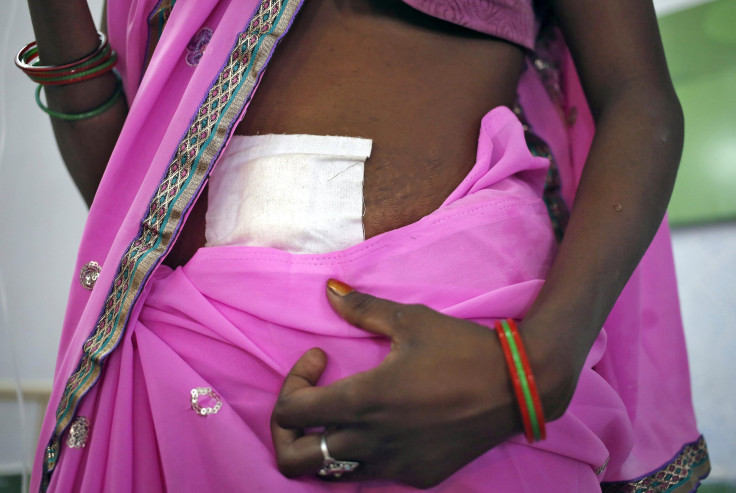What Is Myomectomy? Doctors Remove 50 Tumors From Indian Woman’s Uterus

A team of doctors led by senior gynecologist Dr. Posting Bayang removed 50 tumors from an Indian woman’s uterus after a three-hour long surgery at the Rama Krishna Mission Hospital in Itanagar, Arunachal Pradesh.
The woman, who name has not been disclosed, suffered from heavy and painful menstrual cycle due to the tumors for several years, Daily News and Analysis reported.
Upon examining the woman, the doctors last week said she suffered from multiple tumors known as Myomas. As the woman was unmarried and in her thirties, Dr. Bayang and her team said they decided to go for the uterus preserving surgery known as Myomectomy, the report stated.
According to ARC Fertility, an organization that provides information on fertility and sexual health, “Uterine fibroids, also known as leiomyomas or myomas, are the most common gynecologic tumor in women of reproductive age, affecting approximately 30 to 40 percent of premenopausal females. The prevalence increases with age, with an estimated 70 to 80 percent of women developing fibroids by age 50.”
The website further states that “myomas can cause troublesome symptoms to approximately 30 percent of affected women, including heavy vaginal bleeding, pelvic pressure, pain, obstructive urinary and bowel symptoms, as well as reproductive difficulties.”
“Fibroids are one of the most common indications for hysterectomy in the U.S., accounting for approximately 200,000 cases per year,” ARC Fertility says on its website.
According to WebMD, “Myomectomy is the surgical removal of fibroids from the uterus. It allows the uterus to be left in place and, for some women, makes pregnancy more likely than before. Myomectomy is the preferred fibroid treatment for women who want to become pregnant.”
There are several surgical methods for Myomectomy. These include:
- Hysteroscopy in which the doctors insert an instrument into the patient’s vagina through the uterus.
- Laparoscopy in which the doctors insert an instrument into the lower abdomen of the patient through a small incision, typically made in the area below the navel.
- Laparotomy is a method in which the doctors make an incision in the lower abdomen. In this procedure, they inspect the abdominal cavity.
Although Myomectomy is a preferred option, there are some risks associated with it. These include infection in the uterus or ovaries, scar tissue, infertility, injuries to the bowel, heavy bleeding, among others.
The woman was earlier advised by several doctors to undergo hysterectomy which involves removing the entire uterus. However, Dr. Bayang felt it wasn’t necessary and that they could conduct a different surgery which would preserve the woman's uterus, thus allowing her to conceive in the future.
"The three-hour operation was successfully done on August 15. The patient recovered well and has been discharged from the hospital," one of the doctors at the hospital said.
© Copyright IBTimes 2024. All rights reserved.











